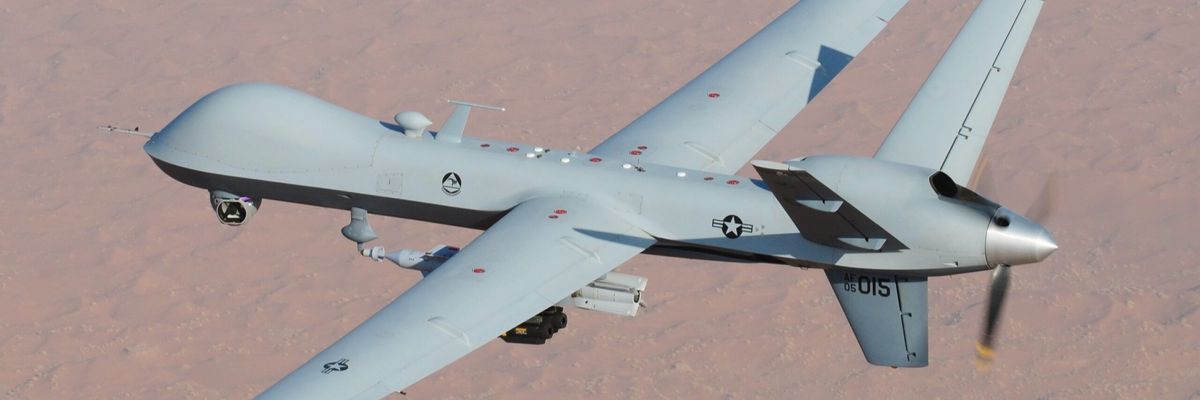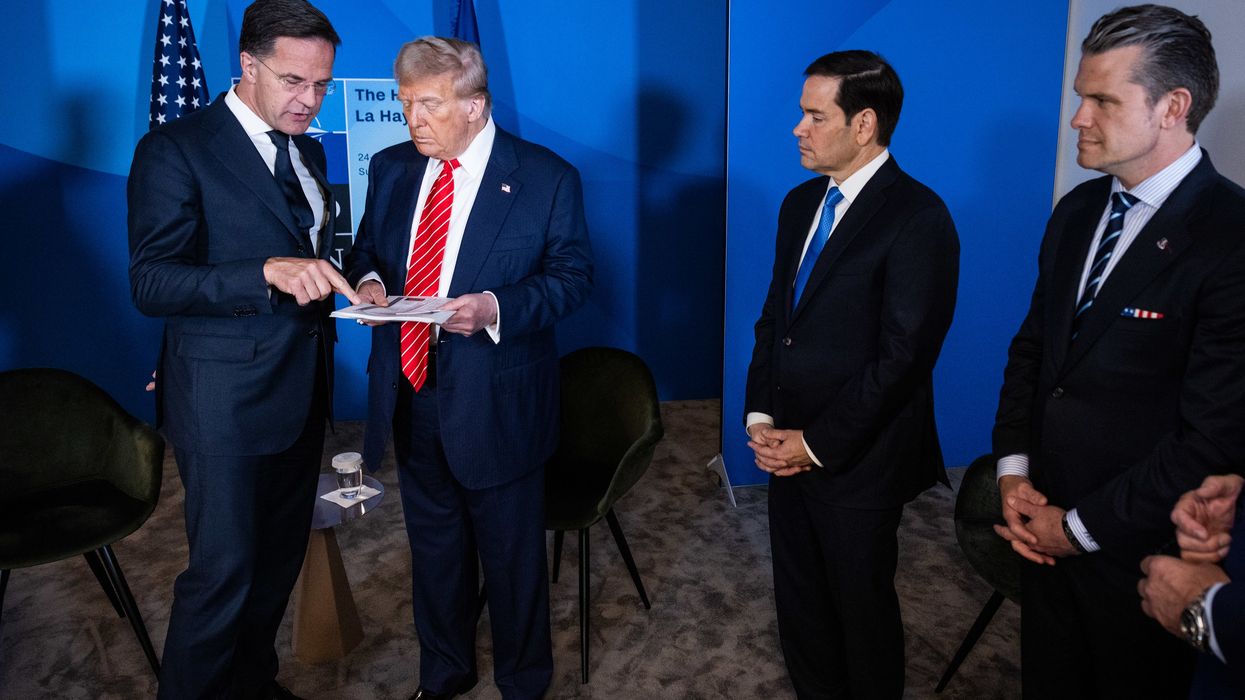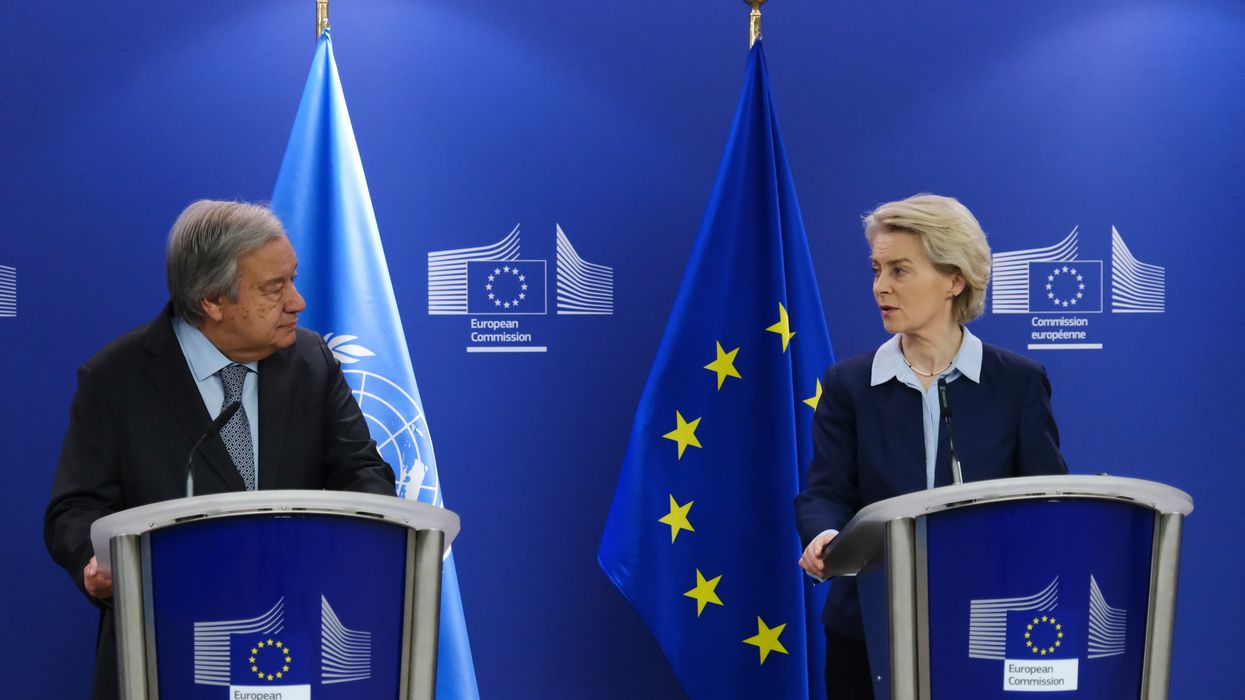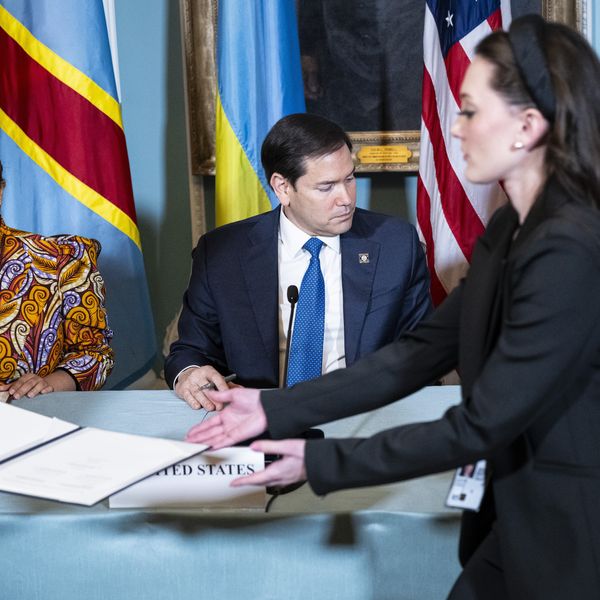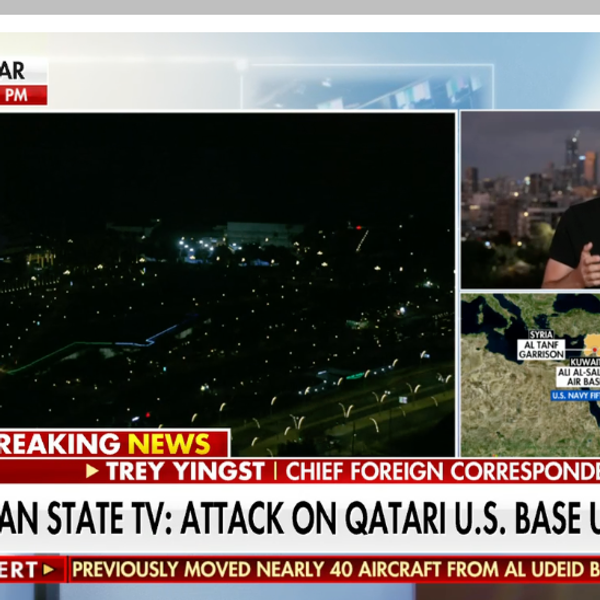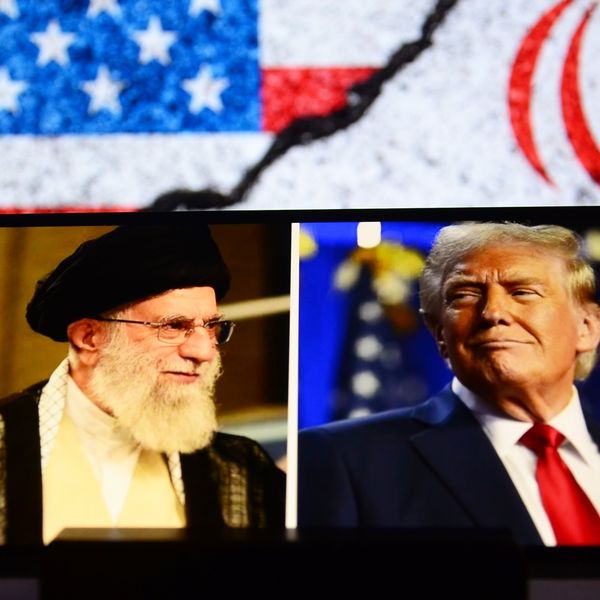New York Times reporting reveals that the Pentagon is engaged in an internal debate about what red lines, if any, should trigger U.S. air support to the Afghan National Defense and Security Forces (ANDSF)?
Contingency planning for future scenarios in Kabul is to be expected. To not engage in one would be negligent given the presence of a U.S. embassy and allied diplomatic missions. However, future military actions in Afghanistan should clearly serve compelling U.S. interests — not just those of our partners. It remains unclear how strikes to thwart a future siege on Kabul would alter the outcome without becoming a slippery slope towards drawing the United States back into the war.
Reporting also indicates there is at least some deliberation over whether to provide air support if the Taliban wage attacks on secondary cities, and Afghan officials were reportedly told that the “United States would also stop any takeover of major cities.” If true, it is easy to see how this can create false expectations or draw Washington back into the conflict before it has even left. What happens when those airstrikes don't work?
Having a plan matters, but messaging is also important. Statements from anonymous U.S. officials about the possibility of future U.S. airstrikes to support the ANDSF or defend Kabul sends a clear message to the Taliban that taking over Afghanistan by force could come at a cost. But depending on how it is interpreted, it could negatively affect the resolve of the ANDSF’s leadership to develop a sustainable plan to either fight or negotiate. Moreover, when senior U.S. officials say that “the immediate crumbling of the Afghan military is not a foregone conclusion,” this also has an impact on morale. As one recent analysis observes, the Afghan government has many advantages over the Taliban and the latter’s military advantage is not decisive.
Continued support for the Afghan government and ANDSF should fall short of a guarantee against future events. Washington is not in a position to make good on such guarantees nor is it in the U.S. interests to make them. How much support is provided in the future should depend on the unity and functionality of the Afghan government, cohesion of the ANDSF, and most importantly the interests of the United States.
The post-withdrawal period will require the Biden administration and the Pentagon to accept the new limits of its influence in Afghanistan.
